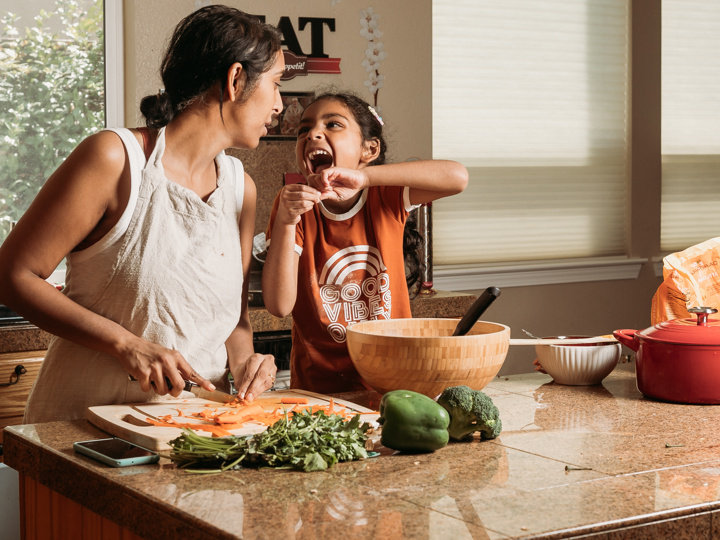Bilingualism
- 0-1 Years
- 1-5 Years
- 5-11 Years
- 11-19 Years
- Parents and Carers
- Child development and growing up
- Speech, language and communication

Bilingualism is the ability to communicate in two or more languages. Learning two languages is a common and a completely normal childhood experience.
Explore the topics on this page:
Bringing up your child bilingually
Children learn to communicate in every language by listening and interacting with their parents. No one language is more difficult to learn than another.
When bringing your child up with two or more languages remember to:
-
- use the language you are most comfortable with and know best
- talk to your child in your home language when you are doing activities together
- be consistent with the language you use
This can help your child spot the differences between the languages. When a child feels comfortable using their first language, they will be able to learn English quickly as they will have a solid foundation for learning English.
There is no evidence that bilingual children have delayed speech or find it harder to communicate. Some children, whether bilingual (speaking two or more languages) or monolingual (only speaks one language) learn to speak later than others.
Benefits of bilingualism
There are lots of benefits to being able to speak more than one language! It will enable your child to:
- communicate with people in their extended family and within their community
- feel secure in their cultural identity and sense of belonging
- learn more as they can think about ideas in both languages
- think in a flexible and creative way
- use their skills later to get a financial benefit

How to encourage a bilingual child
There are lots of ways you can encourage your bilingual child with their speech.
If both parents speak different languages to the child, it is natural to switch between the two at home, but keep the vocabulary consistent. Don’t laugh or tease your child because of their accent or if they make mistakes in your language or in English.
Talk to your child in your home language about activities you're doing together such as bath time, shopping or going to the park.
Continue to speak your home language with your child when they go to nursery or school. Do not feel that you must start speaking English with your child at home because they are learning it at nursery or school.
Use your home language to talk to your child about what they did at nursery or school. If they use English words, repeat what they said in your own language if you can. Do not correct them or force them to use your language.
Help your child be proud of your language. If they speak more than one language, teach them the names of those languages.
Have fun with songs, rhymes and stories in your home language. If you can, try to find books written in your home language to help them become familiar with how your language looks. You can use books or make up your own stories. Encourage your child to join in with the storytelling.
Set up play-dates with children who speak the same language that they do.
Parents should be encouraged to speak to their child in the language(s) they feel most comfortable using. It is the quality of the parent-child interaction that is most important. Never advise the parents to stop using their own language at home in favour of English.
Children go through roughly the same developmental stages of language acquisition when learning a second language as they do for their first. It is important to remember this when speaking with a child who is new to English – keep phrases short and explicit and repeat vocabulary often.
Reduce your speech rate and give the child with English as a second or additional language extra time to:
-
- listen and respond
- adapt to nursery or school routine
- become familiar with English
Children new to English often go through a silent period when they say nothing in their new environment like as nursery. This may last several months. It is a natural process and should not be confused with selective mutism. Read our information on selective mutism.
Promote the feeling of the child’s first language being important by asking the child to teach you and the other children some words in their language. Try labelling objects in the classroom in the child’s language as well as English.
Immerse the child in a language rich educational environment from the start – minimise the amount of time spent in special classes for English as a second language. Peer group interaction is a great way of developing the child’s confidence in using both their own language (if there are others who speak it) and English.
Use visual and practical activities and teaching methods to reinforce the language being used. This will enable the child to pick up new vocabulary in the most appropriate way and to link it to the correct context.
When the child attempts English words or phrases, model back targets for any errors they make with grammar or speech sounds. Do not directly correct the child as this is likely to reduce confidence and self-esteem and will make them less willing to try.
Last reviewed: 1 November, 2024
